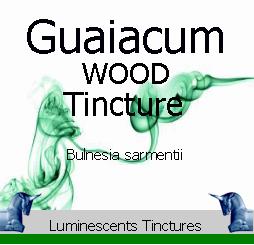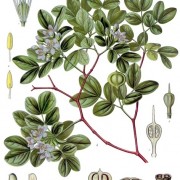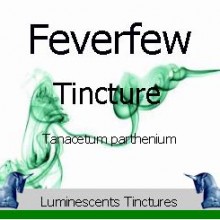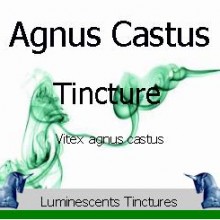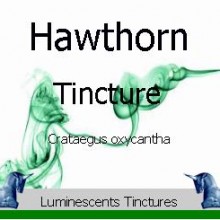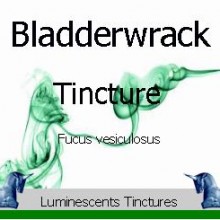Guaiacum Wood is now on the CITES register of endangered species and whilst it is still possible but difficult to obtain it, international shippers will not carry it.
As such we are not able to ship this item outside the UK
Guaiacum Wood Tincture (Bulnesia sarmentii) also known as Lignum Vitae is obtained from an incredibly slow growing tree, varying in height from 15 to 50 feet. The trunk is usually crooked, with crowded, knobby, short-jointed, flexuose, spreading branches, about 4 feet in diameter; the bark is furrowed, spotted, and greyish.
It grows naturally in the West Indies, especially Jamaica, St. Thomas and St. Domingo and the Central Americas but is often grown as an ornamental in California and some adjacent states of the USA.
Traditional Uses for Guaiacum Wood Tincture :-
The wood and resin, or solidified juice, are the parts used in medicine, though the whole tree possesses medicinal virtues. The bark is said to be the most active part of it, but it is seldom met with in commerce. The wood of this tree is used medicinally now and in the past and was once employed to much advantage , so the histories tell us, in the treatment of secondary syphilis, skin diseases and scrofula and is, indeed, mentioned in Benvenutto Cellini’s memoirs as such.
It is a mild laxative and diuretic. For tonsilitis it is given in powdered form usually although sipping a herbal tea made from the wood has a similar effect. It is especially useful for rheumatoid arthritis, also in chronic rheumatism and gout, relieving the pain and inflammation between the attacks, and lessening their recurrence if doses are continued. It acts as an acrid stimulant, increasing heat of body and circulation; when the decoction is taken hot and the body is kept warm, it acts as a diaphoretic, and if cool as a diuretic. A tea is made of the wood shavings and is employed to treat conditions from coughs to arthritis.
The essential oil from the wood is often used in the perfumery industry.
Guaiacum Wood, also known as Lignum Vitae and is sometimes, incorrectly, referred to as Palo Santo which is, in fact, a name given to a number of species of tree and means simply Holy Wood
It has bark which is hard, flat, a few lines thick, of a greenish-black colour, with yellowish and greyish spots and is very acrid. The wood and bark, used for medicinal purposes, consists of turnings from the workshop of the turner, and is a uniform mixture of the alburnum and duramen, but that used in medicine should really only consist only of the latter. The alburnum or sap-wood is of a yellow colour, that of the duramen or heartwood, greenish-brown. Lignum vitae is only odorous when burned or rasped.

